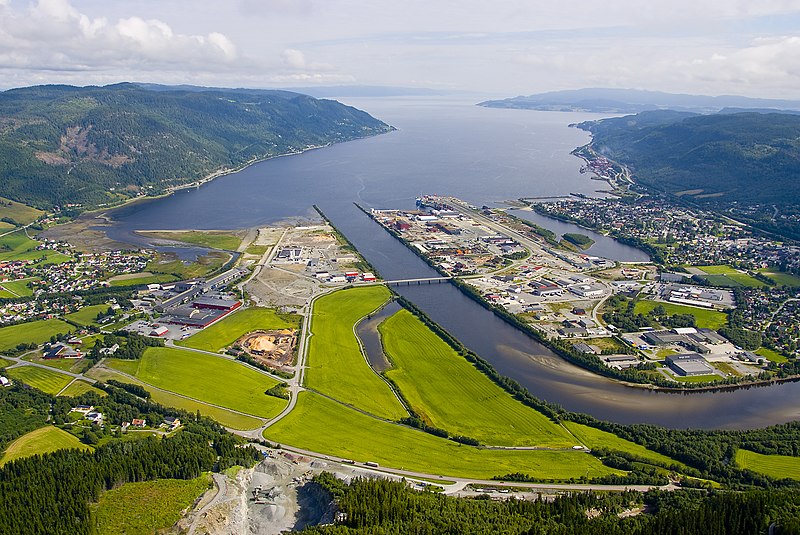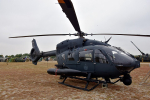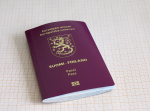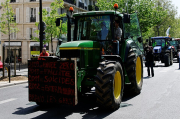
As of July 11, 2024, nearly half of the 33 salmon rivers previously closed for fishing in Central and Southern Norway will be reopened for limited fishing. However, stricter regulations will be
applied to rivers farther north due to ongoing concerns about the low salmon population. At least two rivers have been permanently closed for the season.
Raoul Bierach of the state environmental directorate (Miljødirektoratet) explained, “We have categorized the rivers into three groups: those that cannot be reopened, those where we are uncertain, and those where we are reasonably confident that careful fishing can resume this season.” Fishing will be allowed again from July 11 in the rivers deemed suitable.
State officials have stressed that fishing will be tightly regulated, with local authorities overseeing the implementation of these regulations.
Seventeen of Norway’s popular rivers will remain closed, including the Orkla and Lærdal. Rivers reopening include the Gaula in Vestlandet’s Sunnfjorden, and several in Trøndelag such as Nidelva, Stjørdalselva, Verdalselva, and Namsenvassdraget, among others. Additional rivers reopening in Vestlandet include Oselva, Daleelva, Åelva, and Ommedalselva. In Rogaland, the Figgjo and Vikedalselva will reopen, as will the Tovdalselva, Otra, Mandalselva, and Lygna in Agder, and Korsbrekkelva in Møre og Romsdal.
The Gaula River, historically renowned for its salmon, and the Orkla River in Trøndelag, will be closed for the season, according to reports by Dagens Næringsliv (DN).
The closure of these rivers on June 23 has sparked significant backlash from fishing enthusiasts and landowners, who face potential revenue losses. Critics have argued that the state’s delay in addressing the salmon shortage has exacerbated the problem. Nearly 98,000 wild salmon were caught in 2022, a significant decline from previous decades, with just over 70,000 caught last year.
Early season catch numbers led state officials to enforce closures, with some supporting the measures. Torfinn Evensen, leader of Norske Lakseelver, warned in Aftenposten that failing to make informed decisions now could jeopardize the future of salmon fishing. Some river owners have imposed their own fishing restrictions to avoid government-mandated closures.
The reasons behind the collapse in Norway’s wild salmon catch this year remain unclear. For example, only 84 wild salmon were caught in the Mandal waterway system between June 1 and June 23, compared to over 300 during the same period last year and more than 500 in 2021.
Experts point to several potential factors, including parasites and lice from farmed salmon, climate change, and rising sea temperatures. Kjell Utne, a senior researcher at the Norwegian Institute of Marine Research (Havforskningsinstituttet), suggested that “something dramatic” might have occurred at sea, affecting the salmon’s return to Norwegian rivers.
In Northern Norway, salmon returns have been more promising, although not everyone attributes the decline solely to the salmon farming industry. The industry itself defends its practices, noting that wild salmon numbers have also dropped in areas without local fish farming.
There is widespread agreement on the need to protect wild salmon, with some advocating for enclosed fish farming systems to prevent escapes, better regulation of dams and hydroelectric installations, and tighter controls on wild salmon fishing. “Closing salmon rivers alone is not sufficient,” Aftenposten editorialized last week.








































